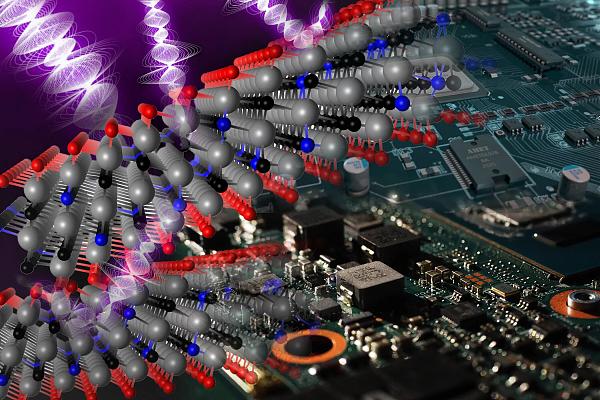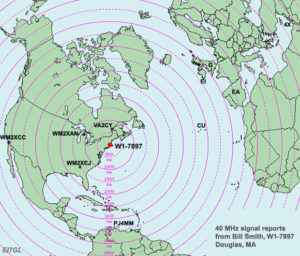New material found, which is excellent protection against electromagnetic interference

Due to the widespread of a number of technologies such as radio, television, cellular communication, Wi-Fi, and Bluetooth, all the space around us is literally permeated by radio waves. These radio signals provide the operation of one type of radio-electronic devices, being the interference for other types of devices. Because of this, the stability of wireless connections can suffer, the speed of data transmission is reduced, and in some, especially tragic cases, the electronic device due to strong interference can completely interrupt its operation.
To prevent electromagnetic interference from affecting critical parts of the electronics, engineers have long used the shielding method. This method consists of the use of metallic, in most cases copper foil, which reflects unwanted radio signals in the opposite direction. This method works quite well, but using additional materials often adds a lot of unwanted weight and volume to the electronic device.
In search of new protective material, scientists from Drexel University came across titanium carbonitride, which belongs to the class of conditionally two-dimensional materials called MXene. Previously, materials of this class have already been used to create conductive compositions, battery electrodes that provide fast charging, highly effective sprayed antennas, etc.
In this case, scientists found that sheets of titanium carbonitride, which are thinner than human hair, block electromagnetic signals three to five times better than copper foil. In this case, if the copper foil reflects the signals, the titanium carbonitride coating effectively absorbs them, reducing the average level of electromagnetic noise in the adjacent area of space.
“The use of new material is a more appropriate way to protect against interference than simply reflecting electromagnetic waves back into space, which can affect nearby unshielded electronic components,” the researchers write, “We found that the film of titanium carbonitrides, consisting of several layers of this material almost completely absorbs electromagnetic radiation in all ranges.
With its high electromagnetic wave absorption and thinness, MXene film can be used to create individual screens for each component individually. This will also avoid undesirable mutual influence between components located in close proximity to the electronic device’s PCB, which should have a positive impact on the stability of the device, its reliability, and efficiency in terms of the amount of energy it consumes.
If you have found a spelling error, please, notify us by selecting that text and pressing Ctrl+Enter.







